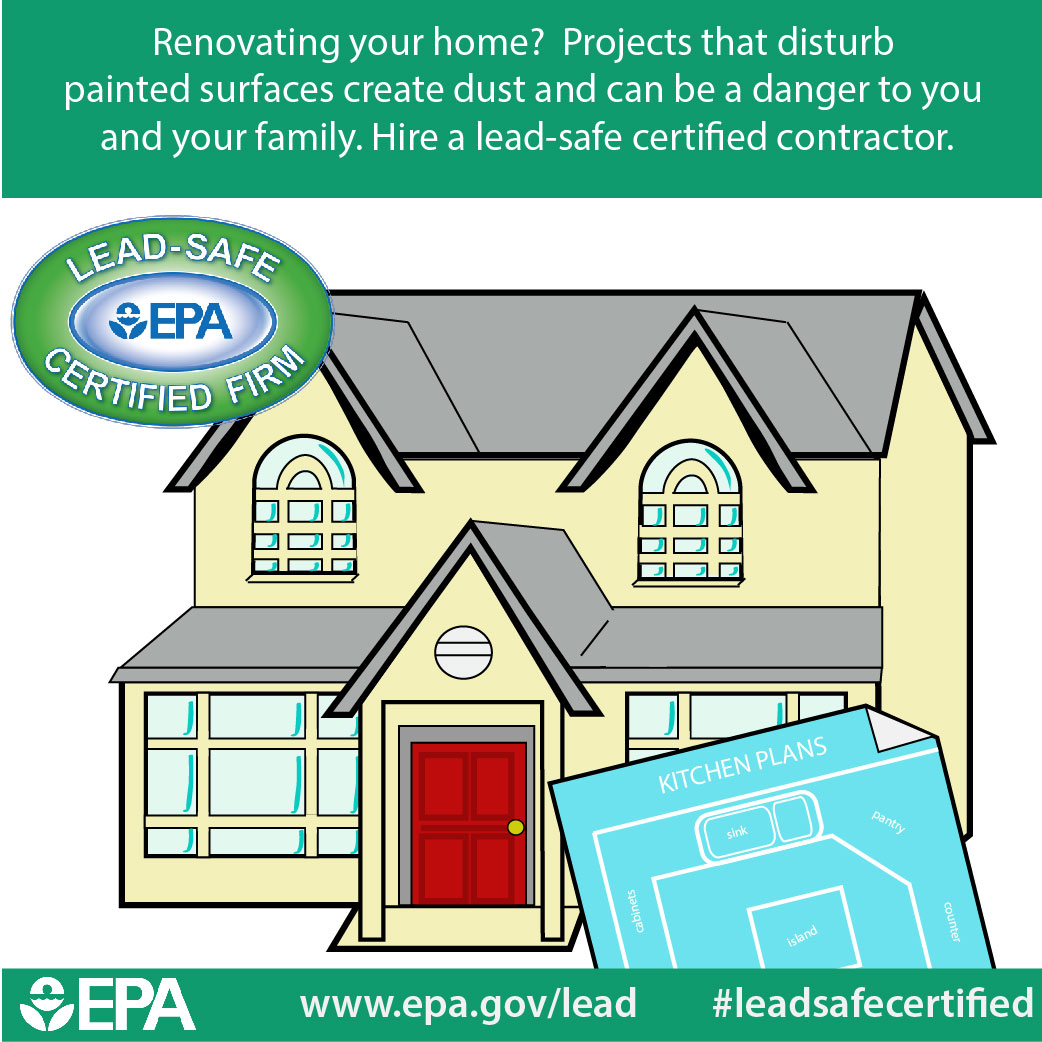Step-By-Step Guide To Preparing Your Wall Surfaces For Repainting
Step-By-Step Guide To Preparing Your Wall Surfaces For Repainting
Blog Article
Content Develop By-Townsend Zachariassen
When you're prepping your wall surfaces for painting, it's critical to comply with a systematic procedure to make sure a flawless surface. Beginning by examining the wall surface for any damages; this action can make or break your task. As soon as you've recognized any problems, cleaning the surface correctly is crucial, as an unclean wall surface can impact paint attachment. Afterwards, see page 'll need to spot any kind of imperfections and apply a primer. But there specify methods and suggestions that can raise your prep work game-- let's discover those further to achieve the best outcomes.
Assessing Wall Surface Problem
Prior to you order your paintbrush, take a minute to analyze your walls' problem. Look for any type of visible damages like cracks, openings, or peeling paint. These imperfections can influence just how the paint adheres and looks once it's dry. If you discover any kind of significant damage, you'll require to focus on fixings prior to diving into painting.
Look closely at the structure of your wall surfaces. Is the surface smooth, or exists texture that might require unique consideration? Smooth walls usually call for less preparation, while distinctive surfaces might need more time to paint uniformly.
Also, consider the previous paint task. If the old paint is shiny, it mightn't allow brand-new paint to stick effectively. You'll would like to know if your walls have actually been repainted with oil-based or water-based paint, as this can influence your option of guide or paint.
Finally, remember of any dampness problems. If you see indications of water damages or mold and mildew, address these troubles quickly to stop further complications.
Cleansing the Surface
Once you have actually assessed the problem of your wall surfaces, the next action is cleaning up the surface. Beginning by collecting your products: a pail, cozy water, a light detergent, a sponge or cloth, and a scrub brush for harder places.
Begin at the top edge of the wall surface and function your method down. Mix the detergent with warm water in your container, then dip the sponge or fabric right into the remedy. Wring it out to stay clear of extreme dampness on the wall surfaces.
As you clean up, pay close attention to locations that could've accumulated dirt, grease, or fingerprints. For persistent spots, utilize the scrub brush gently to avoid damaging the paint below. Wash your sponge or fabric frequently in tidy water to stop spreading out dust around.
After cleaning, it's necessary to wipe the wall surfaces with a damp towel to get rid of any type of soap residue. This step ensures a smooth surface area for the new paint to follow.
Permit the walls to completely dry completely before moving on to the following preparation actions. This comprehensive cleaning procedure will help create a fresh canvas for your painting project, making sure the most effective outcomes.
Patching and Priming
Patching and priming are crucial action in preparing your wall surfaces for a fresh layer of paint. Initially, inspect your walls for any holes, cracks, or blemishes. Use a premium spackling compound or patching paste to fill up these locations.
Apply the substance with a putty knife, smoothing it out so it's flush with the surrounding surface. Enable it to dry completely, and then sand it gently until it's smooth and also.
Once you've patched whatever, it's time to prime. Primer assists seal the patched locations, ensuring the paint sticks properly and offers an uniform finish. Pick a primer appropriate for your wall surface kind and the paint you'll be utilizing.
Apply the primer making use of a roller for larger locations and a brush for edges and sides. If your patched areas are substantially large or permeable, you could intend to use a 2nd layer of primer after the first one dries.
After priming, allowed everything dry thoroughly before moving on to paint. This preparation will not only enhance the appearance of your walls however likewise prolong the life of your paint work.
Take your time, and you'll be pleased with the outcomes.
Conclusion
By complying with these basic actions, you can achieve a smooth and specialist surface on your walls. Begin by evaluating their condition, after that tidy and spot any kind of blemishes prior to using primer. https://www.consumerreports.org/home-garden/painting/ideal-outdoor-temperature-range-exterior-paint-a5147059904/ in mind to enable adequate drying out time and ensure whatever is smooth prior to you study paint. With the right preparation, you'll set the stage for a gorgeous change in your room. Now, gather your materials, take in the fresh air, and prepare to repaint!
